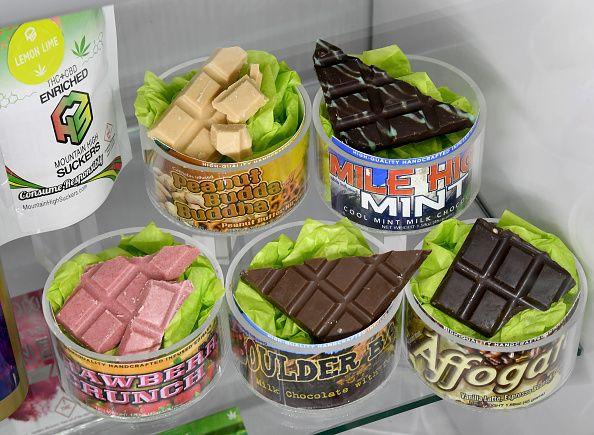5 Main Differences Between Smoked And Edible Marijuana

There are several ways to consume cannabis—and with it being considered legal for medical and recreational use in more U.S. states, users are becoming more open to trying new ways of taking it.
Next to smoked and puffed varieties, edible cannabis products are gaining quite a following. Unknown to many, however, their effects are different depending on the type of preparation, potency and frequency of consumption. Here are the main differences between edible weed and the smoked kind.
1. It takes the body longer to absorb edible weed.
Edible cannabis takes longer to set in. The basic rule of consuming edible weed is to start small and wait it out because the effects will likely not manifest until 30 minutes to 2 hours after. The length of time depends on the type of edible marijuana you consumed, not to mention its dosage. If you try to rush it by eating more edibles, you will regret it when the effects finally kick in. Meanwhile, the effect of smoke weed is almost instantaneous.
2. The effects of smoked marijuana are more fleeting.
The effects of smoking weed are felt almost instantly, depending on how potent the preparation is. Due to its quick onset, you will also immediately feel its strength, so you can make a decision to slow down and stop or take a break. Smoked marijuana gives you better control over how much THC you’re bringing into your body.
3. Smoking weed has a more ritualistic feel.
Smoking a joint is relaxing and offers a ritualistic and meditative feel. Often, when enjoyed among friends, weed sparks really interesting conversations and debates. Depending on the strain of marijuana you chose, the effects could include instant relaxation, sudden bursts of creativity and energy, and feelings of euphoria. This effect is not present if you choose to eat cannabis, mostly because there’s no smoke involved.
4. It is more challenging to dose edible cannabis.
Controlling the THC content of a batch of weed-infused brownies is more difficult to do unlike simply rolling a joint. It requires skill and careful study to determine how much THC goes into each serving. In addition, because the effects of edible weed take longer to manifest, consumers run the risk of overdosing. Conversely, smoked weed’s effects are immediate, so it is easier for the user to regulate its use.
5. THC is absorbed differently through smoking and eating.
THC, the main component of cannabis, undergoes a different metabolic processing pattern depending on how it is consumed. Weed that is eaten or drunk is metabolized by the liver, which eventually results in a more potent type of high. Smoked marijuana heads straight to the brain and no longer passes the stomach and liver, so the effects are faster (and also fade off faster).
© Copyright IBTimes 2024. All rights reserved.




















